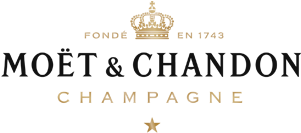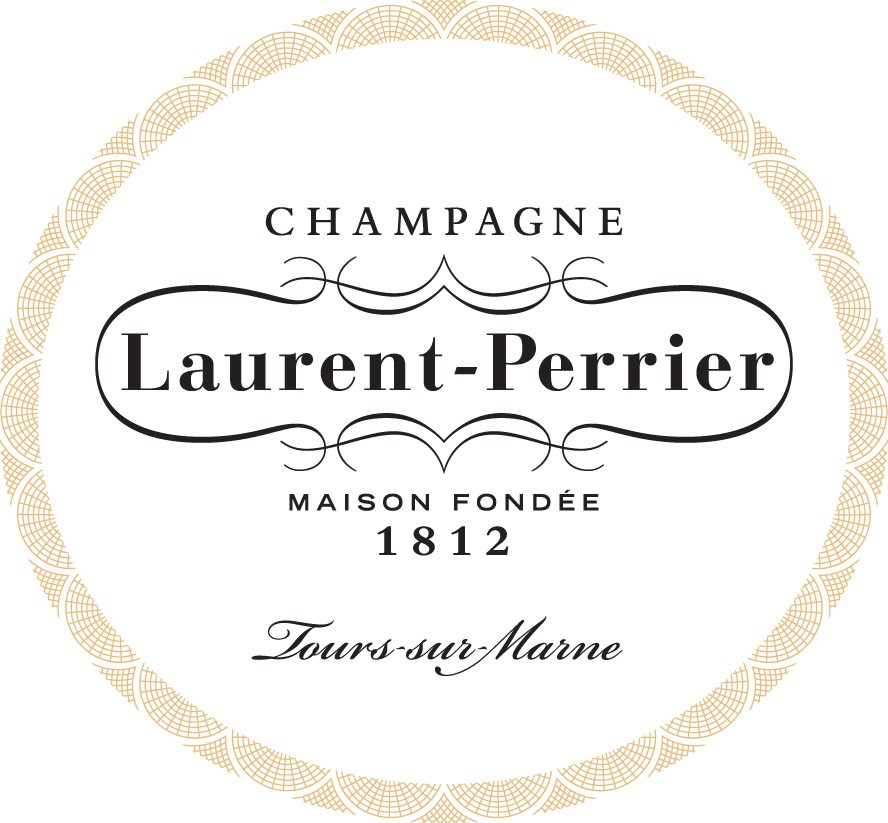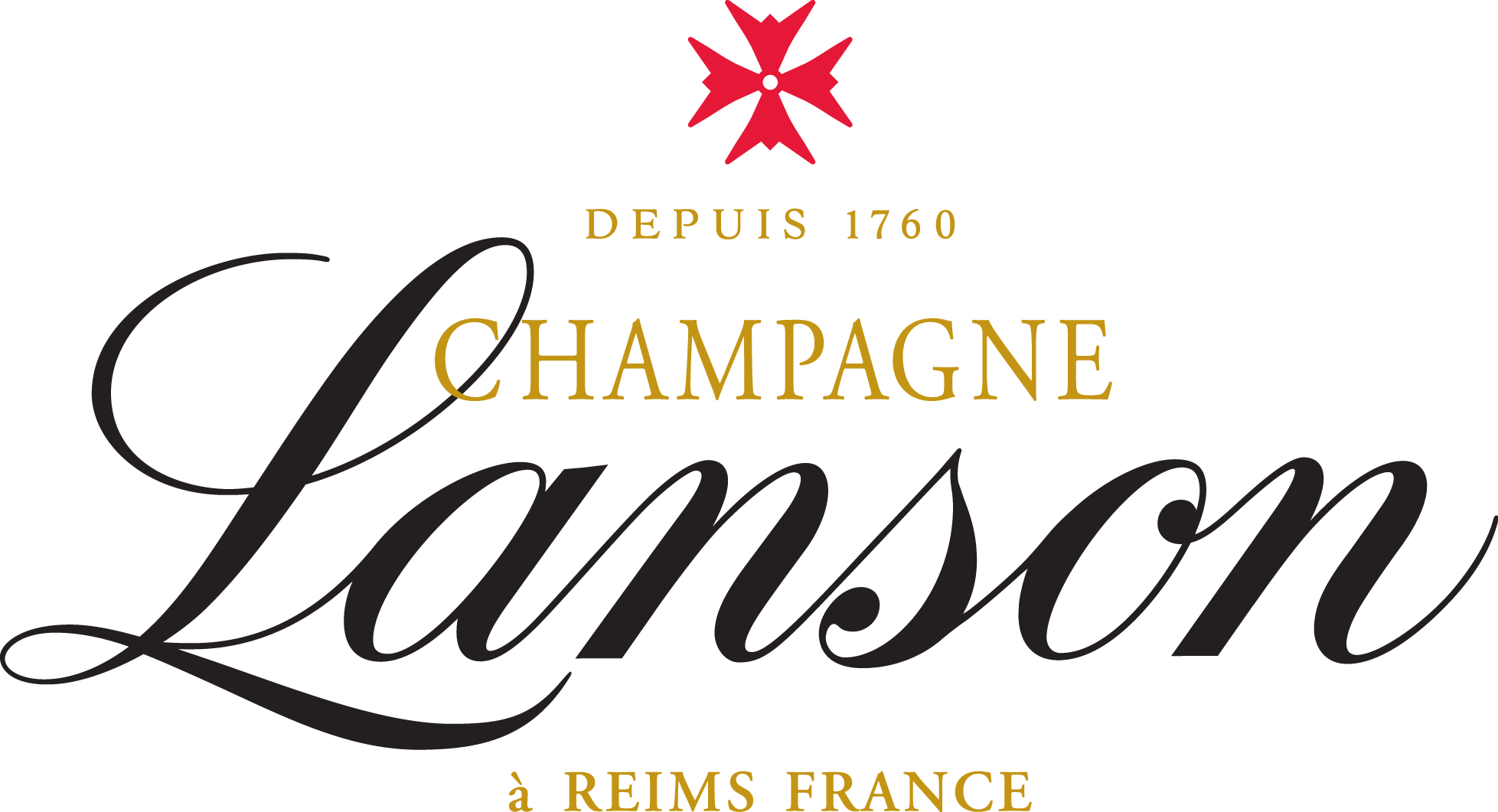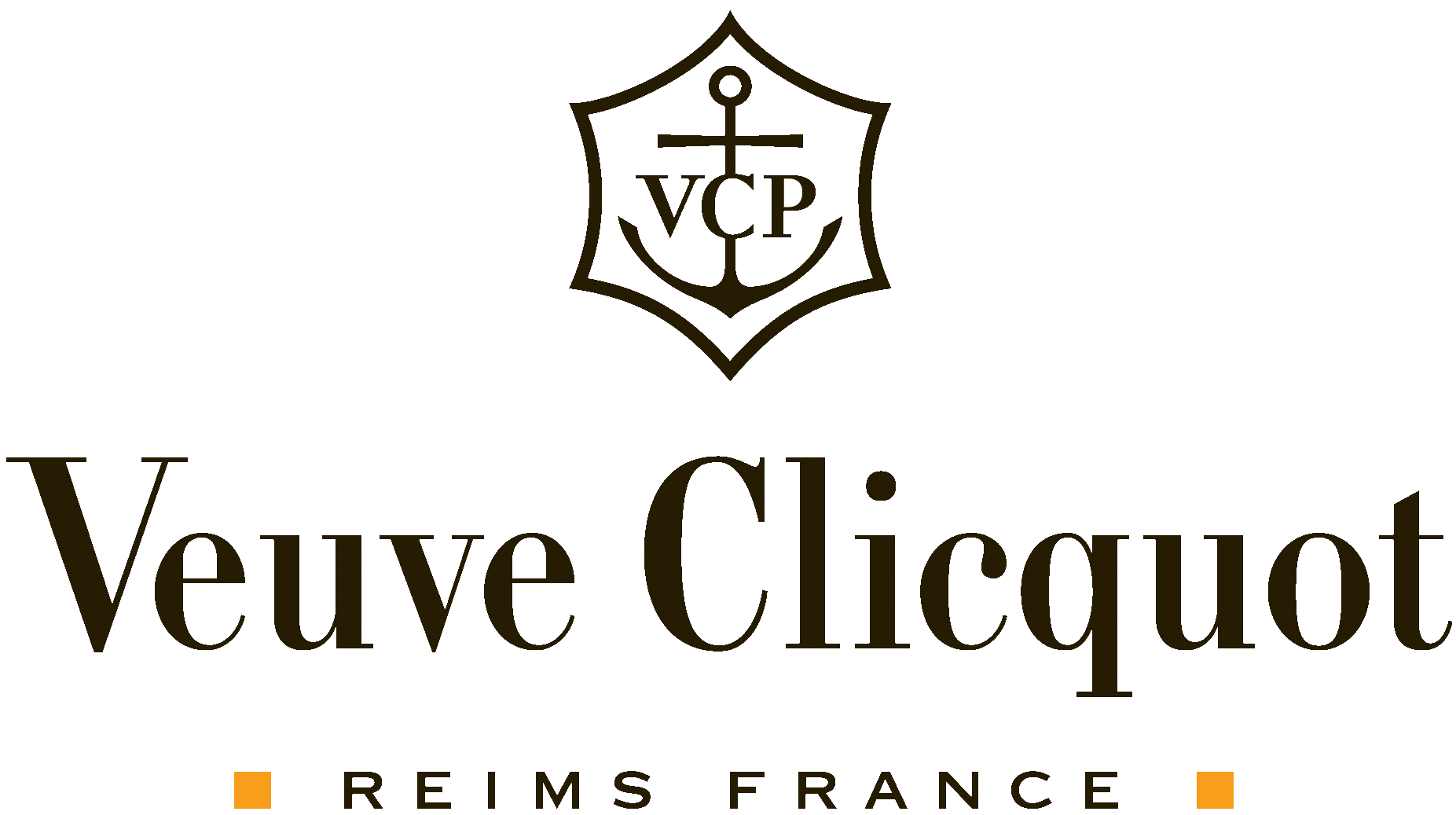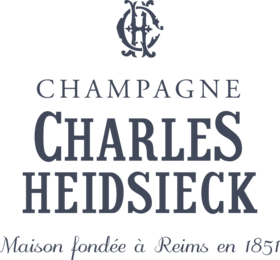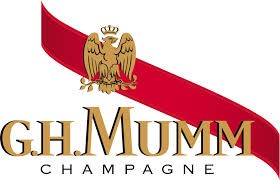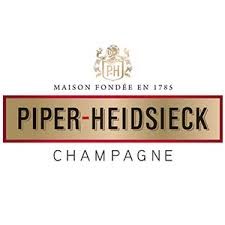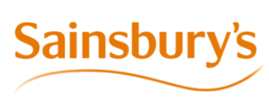Summary
to understand this market
Detailed content
 Inforamtion
Inforamtion
- Number of pages : 30 pages
- Format : Digital and PDF versions
- Last update : 13/02/2023
 Summary and extracts
Summary and extracts
1 Market overview
1.1 Definition and scope of the study
Champagne is a sparkling wine made from grapes grown in the Champagne region of France using three main grape varieties: Pinot Noir, Pinot Meuniere and Chardonnay. These grapes are fermented to obtain a wine that contains about 10% alcohol by volume. Champagne is an Appellation d'Origine Contrôlée (AOC) for which the production process is strictly regulated.
Various countries can produce sparkling wines similar to Champagne, but none can be sold or labeled as Champagne. Champagne faces competition from wines from France such as Alsace and Loire Cremants, Italian Prosecco and Spanish Cava, and to a lesser extent from English sparkling wines.
The United Kingdom is the third largest consumer of Champagne in the world in 2022. It has recently been overtaken by the United States in terms of value and volume.
The year 2020 was the year of the health crisis that started a very sharp decline in Champagne sales in the UK. The entry into force of the Brexit on January 1, 2021 then generated many uncertainties on Champagne imports to the UK. But despite this situation, Champagne sales are up in the UK, which is a good sign for the year 2023 although caution is still required.
1.2 A record year in 2022 for Champagne sales worldwide, a good sign for 2023
In ****, ***.* million bottles of Champagne equivalent ** cL were sold in the world (***), for a total turnover of * billion euros [***].
The Champagne winegrowers depend greatly on exports of Champagne throughout the world. In ****, they represented **% of the total volume of production of Champagne [***]. This proportion is up from ****, when the export shares ...
1.3 The United Kingdom, third largest consumer of Champagne in the world
The British are, after France and the United States, the third largest consumers of Champagne in the world, with total sales reaching ***.* million euros in ****.
Champagne sales UK, ****-****, in number of bottles Source: ****
In terms of volume, total Champagne imports to the UK in **** amounted to **.* million bottles, or **.*% of ...
1.4 Summary of market drivers
Below is a summary and a qualitative evolution of the different criteria having a direct impact on Champagne sales in the UK. This table summarizes the latest trends observed which should continue in the coming years.
2 Analysis of the demand
2.1 Alcohol consumption in the UK is declining
Alcohol consumption in the UK has declined in recent years, from an average of **.* units of alcohol per week in **** to **.* units in ****.
Weekly alcohol consumption United Kingdom, ****-****, in units of alcohol Source: ****
More specifically, regarding Champagne consumption in the UK, the CIVC reports that over the course of ****, an ...
2.2 Typical profile of British consumers
British people are generally good drinkers, especially men between ** and **. Indeed, according to a December **** NHS Digital survey, this cohort would consume **.* units of alcohol per week in **** (***) compared to only **.* units for women in this age group. Overall, the difference between men and women is almost double in terms of ...
2.3 Demand for non-vintage brut Champagne
Among the different qualities of Champagne offered by the sector, the British consume mostly non-vintage brut. This represents **.*% of the total bottles imported in ****, and **% in value. Among the other qualities offered, we find rosé Champagnes, prestige vintages, dosages above brut, dosages below brut and vintage.
d
z
2.4 A trend towards moderation and quality
**% of the British say they are willing to pay more for quality alcoholic beverages and **% enjoy discovering new things. Moreover, **% of Champagne buyers are between ** and ** years old, which is significantly higher than the weight of this age group in the population (***). Thus, the challenge for Champagne will be to reaffirm ...
3 Market structure
3.1 The brands favored by the British
Moët et Chandon, a brand of the Moët Hennessy group owned by LVMH, is by far the favorite Champagne of the British, with *.** million consumers in **** according to a **** survey by Kantar Media. The group also owns the Champagne houses Veuve Clicquot, Don Pérignon, Krug and Ruinart, among ...
3.2 Champagne in supermarkets and online
Sales in supermarkets and hypermarkets in the UK account for the majority of the total volume of Champagne bottles sold in the country, with a **.*% market share (***), with *.*%, and Internet sales, with **.*%.
The latter distribution channel has grown significantly in recent years, rising from *.*% of total sales in **** to **.*% in ****.
All ...
3.3 Details of Champagne shipments
The shipment and sale of bottles of Champagne is divided between the traditional Champagne houses, like the brands mentioned above, the independent winegrowers (***), and the cooperatives of the region which group together grapes and/or Champagne from several winegrowers to market Champagnes in their names.
In ****, traditional houses represented **.*% of the ...
3.4 The threat of Brexit: an agreement reached
In ****, the United Kingdom made the decision to leave the European Union, which meant leaving the Single Market. The Brexit took effect on January *, ****.
In particular, the WSTA (***) has expressed concerns about the possible increase in production costs associated with Brexit, in the event that no agreement was reached. [***]
An agreement ...
4 Analysis of the offer
4.1 Packaging and sales formats
The different sizes of Champagne bottles
There are more than ten different sizes of Champagne bottles, each with a particular name. Some sizes were first conceived in a practical sense, others are more collection bottles, especially for large volumes. [***]
The quarter: ** cl (***), mainly used in airlines and shipping companies. Half-bottle: **,* cl ...
4.2 Local and international pricing
The price of Champagne bottles varies greatly depending on the country of destination. It is obviously cheaper in the country of production, i.e. exclusively in France, and can quickly explode in some countries where demand is very high.
For example, the strategic market research firm Euromonitor has established a comparison ...
4.3 Champagnes, mixes and cocktails
More and more mixology recipes are emerging with Champagne as the main ingredient. This product, which was initially drunk alone during festive events, is gradually being combined with other ingredients to adapt to market demands.
Among the trendy Champagne-based cocktails, there is the mimosa (***).
On another trend, organic Champagne is also ...
5 Regulation
5.1 A strictly controlled appellation
The rules of the Appellation d'Origine Contrôlée Champagne are very rigorous, and include
A strictly delimited area. A list of authorized grape varieties: chardonnay, pinot noir, meunier, pinot blanc, pinot gris, arbane, petit meslier. A regulated pruning of the vine: Royat, Chablis, Guyot, Vallée de la Marne. Limitation ...
5.2 Labelling and mandatory information
Mandatory information must appear on the label affixed to the bottle [***] :
The name of sale constituted by the appellation "Champagne" must appear in very visible characters and be repeated on the part of the stopper contained in the neck of the bottle or, in the case of a bottle with a ...
5.3 Sale of alcohol in the UK
Within the UK, the sale of alcohol is strictly limited to licensed pubs, restaurants, and stores. There are two licenses to sell alcohol in the UK:
A Premises Licence which prescribes the hours and conditions of sale A Personal licence which allows individuals to sell alcohol or to authorize the sale ...
 List of charts
List of charts
- Breakdown of champagne shipments, in volume
- Breakdown of champagne shipments, in value
- Evolution of Champagne shipments
- Champagne sales
- Average weekly alcohol consumption
All our studies are available online in PDF format
Take a look at an example of our research on another market!
Companies quoted in this study
This study contains a complete overview of the companies in the market, with the latest figures and news for each company. :
 Choosing this study means :
Choosing this study means :
Access to more than 35 hours of work
Our studies are the result of over 35 hours of research and analysis. Using our studies allows you to devote more time and added value to your projects.
Benefit from 6 years' experience and over 1,500 industry reports already produced
Our expertise enables us to produce comprehensive studies in all sectors, including niche and emerging markets.
Our know-how and methodology enable us to produce reports that offer unique value for money.
Access to several thousand articles and paid-for data
Businesscoot has access to all the paid economic press as well as exclusive databases to carry out its market research (over 30,000 articles and private sources).
To enhance our research, our analysts also use web indicators (semrush, trends, etc.) to identify market trends and company strategies. (Consult our paying sources)
Guaranteed support after your purchase
A team dedicated to after-sales service, to guarantee you a high level of satisfaction. +44 238 097 0676
A digital format designed for our users
Not only do you have access to a PDF, but also to a digital version designed for our customers. This version gives you access to sources, data in Excel format and graphics. The content of the study can therefore be easily retrieved and adapted for your specific needs.
 Our offers :
Our offers :
the champagne market | UK
- What are the figures on the size and growth of the market?
- What is driving the growth of the market and its evolution?
- What is the positioning of companies in the value chain?
- Data from several dozen databases





